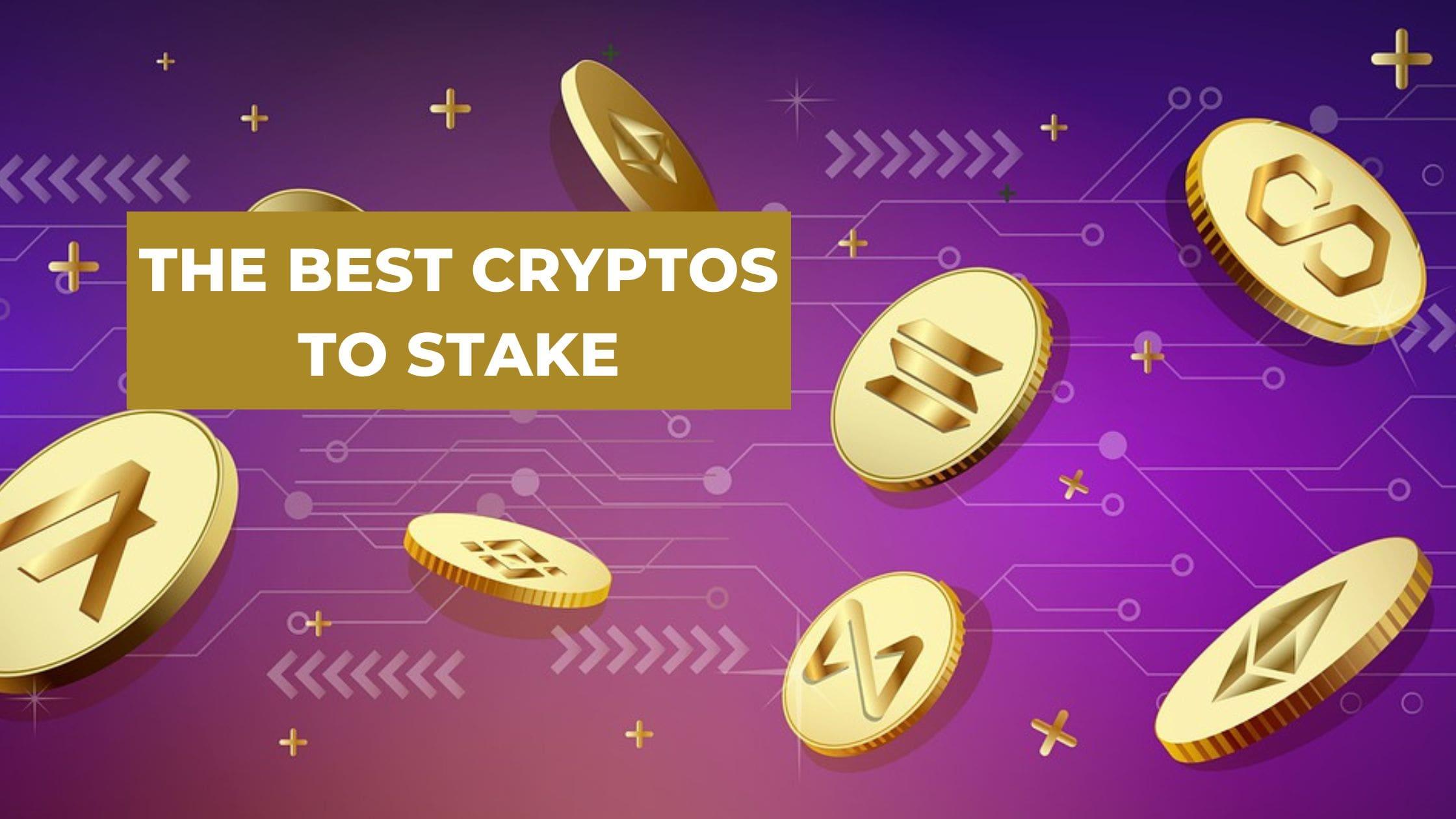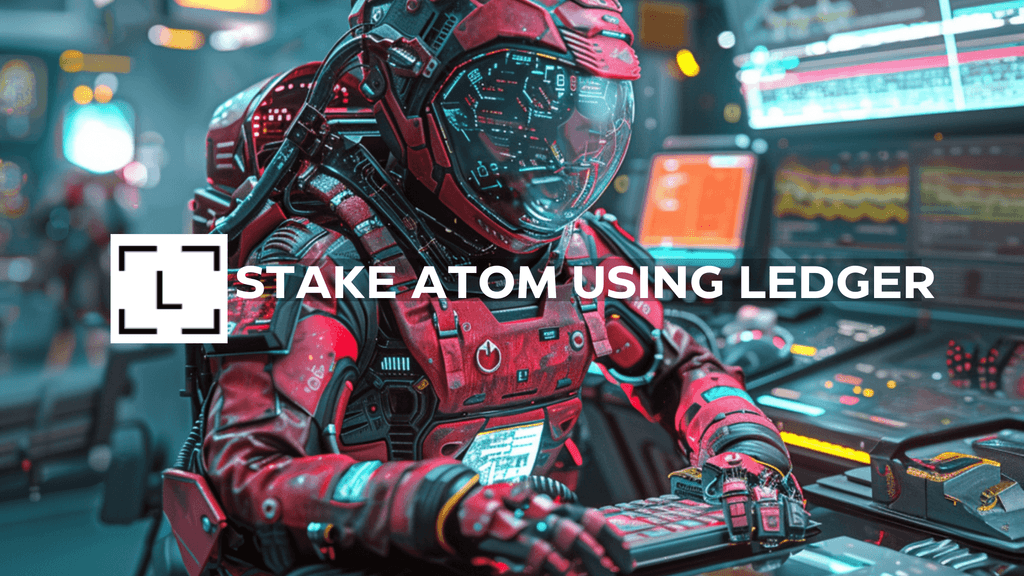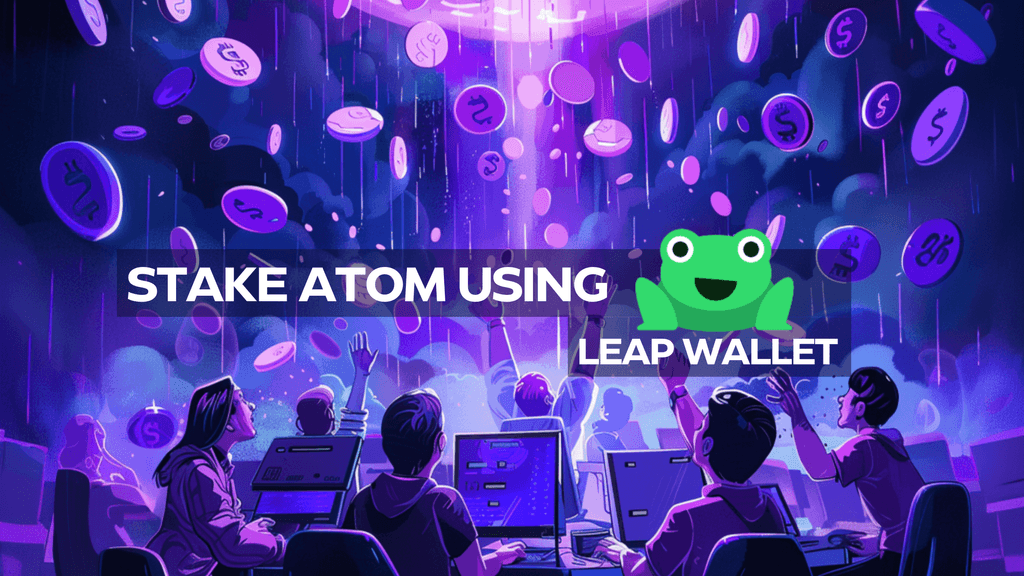This is article 5/11 in Part II of our series, How To Build Wealth and Grow Crypto Assets and Income by Staking.
To see the FAQs please read this on our blog.
Key Takeaways
- Consider market capitalization
- Consider token price volatility
- Consider the project’s use case and long-term viability
- Analyze the team’s experience, expertise, and vision
- Consider staking reward APY, lockup, and requirements
- Look for good token economics (tokenomics)
- Consider network strength and security
- Consider community activity
When selecting a cryptocurrency for staking, it’s important to consider several factors to maximize your potential rewards.
Factors to consider when selecting a cryptocurrency for staking
1. Market capitalization: Larger market cap projects can offer more stability and lower risk. However, the top 10 largest cryptocurrencies simply cannot appreciate as quickly as the smallest cryptos. Their rapid price appreciation has already happened.
Coingecko is a great resource site that lists cryptos by market capitalization.
2. Token price volatility: You must weigh price volatility against your appetite for risk. If you wake up one morning to see that your crypto is down 50%, what will you do?
The good news is that staking yield rises as people get scared out of their positions.
The inflation rate is generally fixed. So, when fewer people are staking the yield is higher. The opposite is also true. When more people are staking the yield is lower.
That makes bear markets excellent opportunities for patient investors to accumulate tokens.
3. The project’s use case and long-term viability: Does the project solve a real problem? (Memecoins are a definite NO) Does the protocol have more users over time and is transaction volume growing?
Polygon helps Ethereum scale because it offers fast, low-cost transactions. The token symbol is MATIC.
Cosmos allows apps to launch their own blockchains, secure each other, and trustless bridge to each other. There are many tokens, but ATOM is the reserve asset of the ecosystem and preferred collateral.
CLICK HERE TO STAKE ATOM USING KEPLR
Kava provides a one-stop-shop for DeFi lending, borrowing, minting, and liquid staking. Plus, the most widely used stable coin in crypto, USDT has chosen Kava as its home. The token symbol is KAVA.
CLICK HERE TO STAKE KAVA USING KEPLR
4. The team’s experience, expertise, and vision: Is the team anonymous, or can you look up and research the founders? What past experience do they have? Is there a clearly defined roadmap?
Does the team use social channels to publish updates and inform their community? What is their track record for achieving milestones?
5. Staking requirements, lockup periods and rewards: Higher annual percentage yields (APY) can result in significant returns. Newer, smaller market cap projects generally have much higher staking yields than mature projects.
Newer projects generally have high inflation to entice validators, developers, and users. Eventually that inflation must come down and network fees must support the chain.
Is there a minimum to stake? Polkadot requires stakers to bond at least 502 DOT and that number gradually increases over time.
Is there a lockup period for stakers? MATIC stakers can unbond their staked tokens at any time, but the unbonding process does take around 2 days. ATOM stakers must lockup their tokens for a minimum of 21 days.
Evaluate the ease of staking through wallets, exchanges, or staking pools. At Blocks United we are proponents of using a hardware wallet, like a Ledger to self-custody and stake.
6. Tokenomics: Is the token inflationary or deflationary? Newer projects will almost certainly be inflationary. That’s how they incentivize participation. They give away tokens.
Deflationary tokens, like ETH are great to stake because you’ll be collecting pieces of an ever-shrinking pie. Tokens are burned with every transaction and if demand stays constant or increases, price should rise.
As of this writing ATOM staking yield is over 14%, which will certainly fall. So, staking now allows you to accumulate tokens quickly, before inflation is voted lower by the community.
7. Network strength and security: What percentage of the token supply is staked? Are there at least 100 validators? Are those validators hosting at AWS in the United States, or hosting with various datacenters all over the world?
As of April, 2024 ATOM has 62.6% of the token supply staked and 180 validators spread worldwide. The network is strong.
8. Community activity: A strong community and active development team are indicators of a project’s potential for growth. Vibrant communities on Twitter, Discord, Telegram and Reddit are important.
If the project has a community that cares, its chances for success are greatly improved.
Conclusion
You understand the value of multiple income streams and the importance of smart, strategic decision-making.
That being said, staking provides an excellent opportunity to diversify your investments, capitalize on the growth of innovative blockchain projects, and create a sustainable, compounding source of passive income.
By carefully selecting cryptocurrencies for staking, evaluating potential rewards, assessing the project’s long-term viability, understanding staking requirements, and diversifying your staking portfolio, you can maximize your returns and hopefully minimize risk.
Embrace the staking journey and take control of your financial destiny today. We’d be thrilled to have you as a staking partner at Blocks United.
Be sure to check out our next article: Staking ATOM Tokens: Passive Income from Crypto Assets.
Nothing we say is financial advice or a recommendation to buy or sell anything. Cryptocurrency is a highly speculative asset class. Staking crypto tokens carries additional risks, including but not limited to smart-contract exploitation, poor validator performance or slashing, token price volatility, loss or theft, lockup periods, and illiquidity. Past performance is not indicative of future results. Never invest more than you can afford to lose. Additionally, the information contained in our articles, social media posts, emails, and on our website is not intended as, and shall not be understood or construed as financial advice. We are not attorneys, accountants, or financial advisors, nor are we holding ourselves out to be. The information contained in our articles, social media posts, emails, and on our website is not a substitute for financial advice from a professional who is aware of the facts and circumstances of your individual situation. We have done our best to ensure that the information provided in our articles, social media posts, emails, and the resources on our website are accurate and provide valuable information. Regardless of anything to the contrary, nothing available in our articles, social media posts, website, or emails should be understood as a recommendation to buy or sell anything and make any investment or financial decisions without consulting with a financial professional to address your particular situation. Blocks United expressly recommends that you seek advice from a professional. Neither Blocks United nor any of its employees or owners shall be held liable or responsible for any errors or omissions in our articles, in our social media posts, in our emails, or on our website, or for any damage or financial losses you may suffer. The decisions you make belong to you and you only, so always Do Your Own Research.



